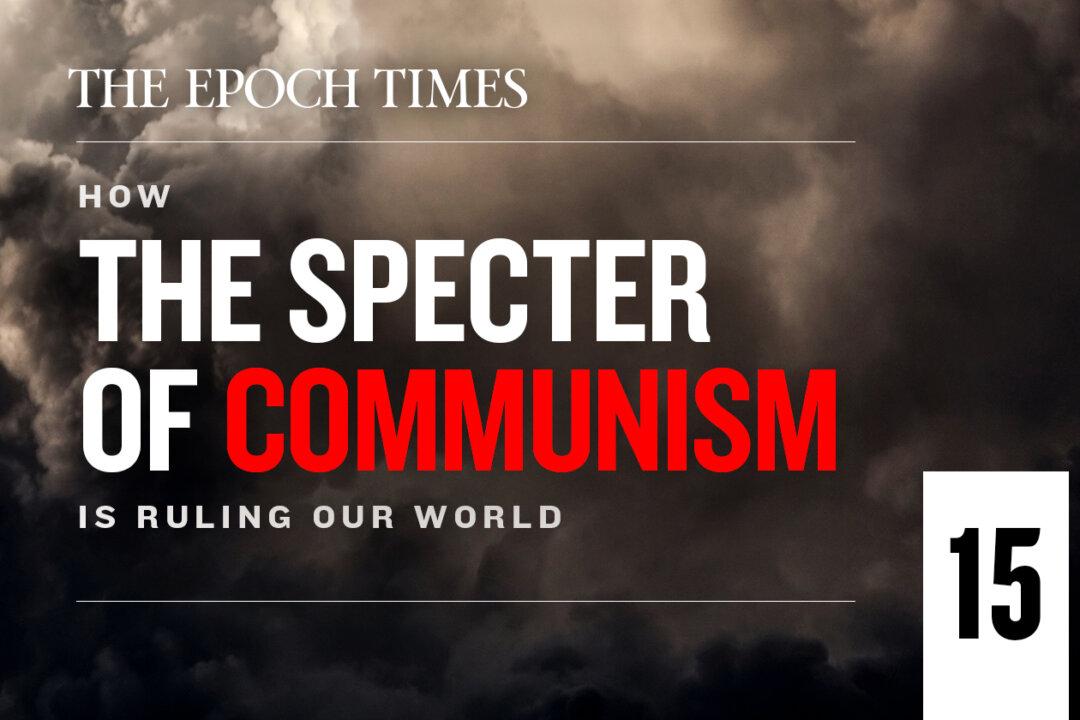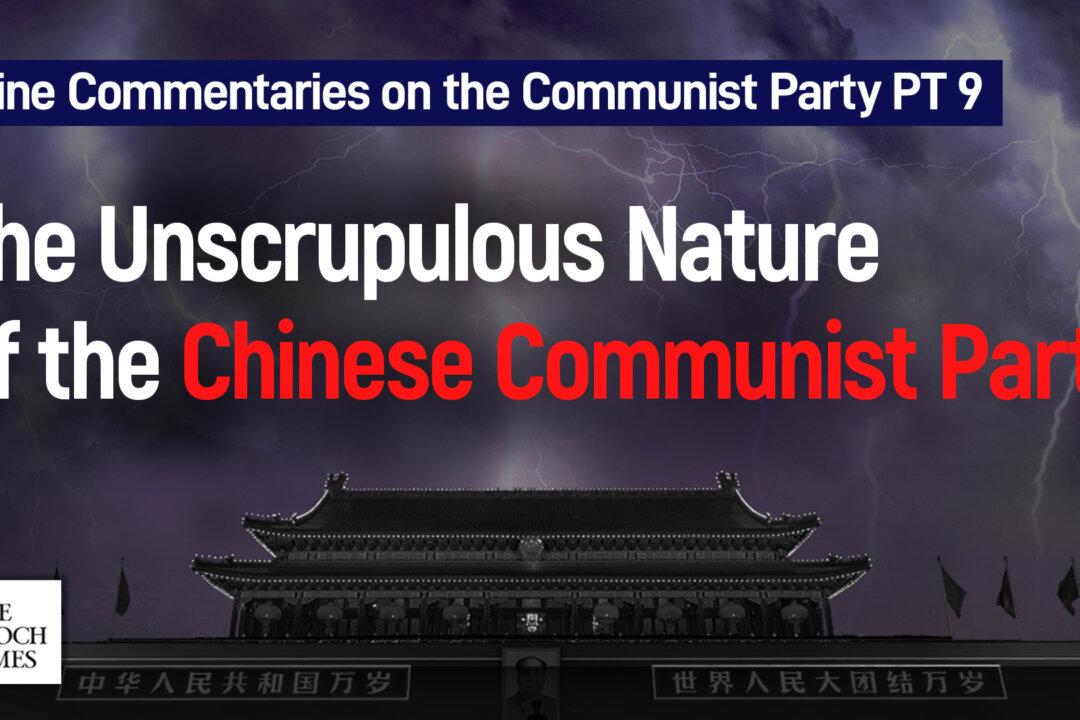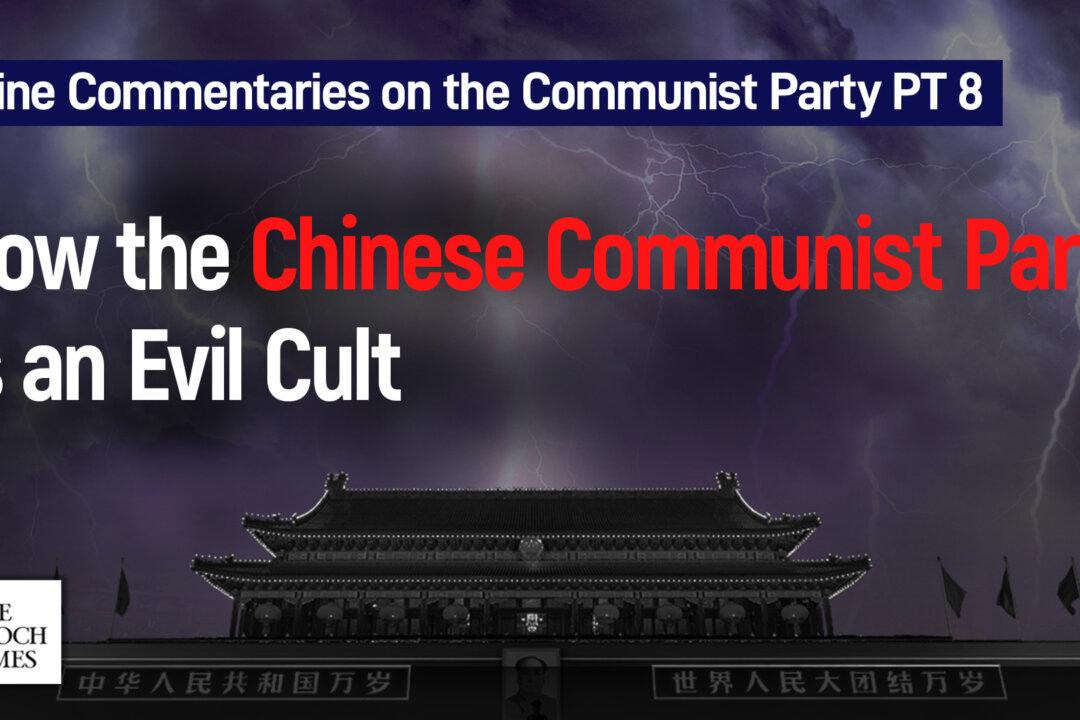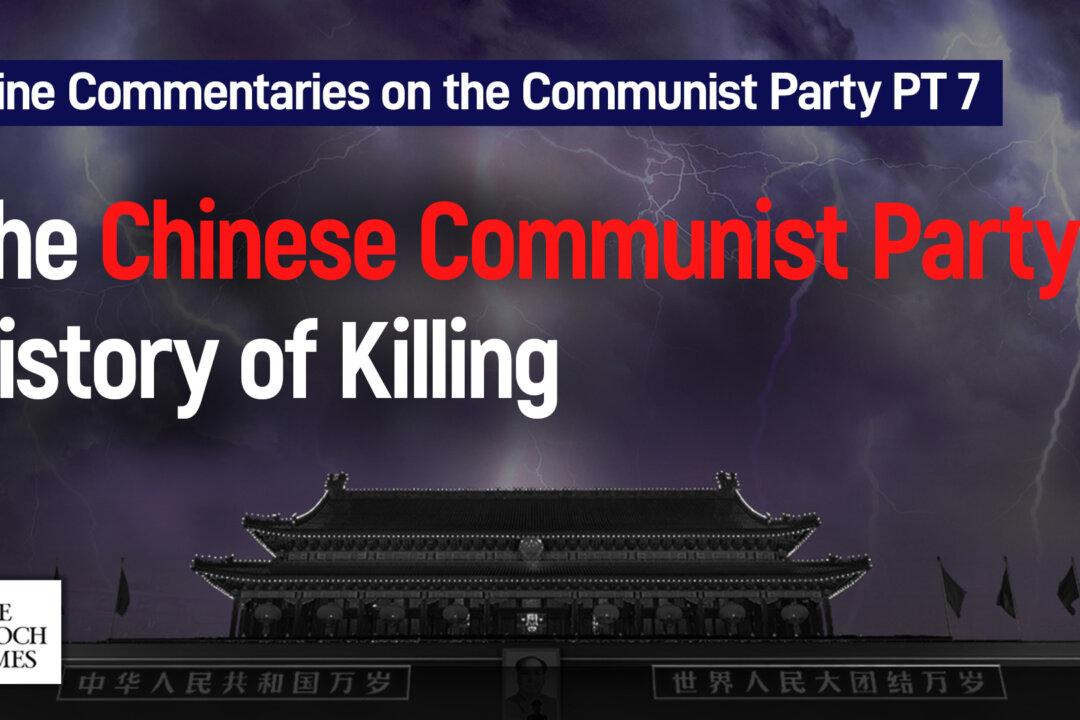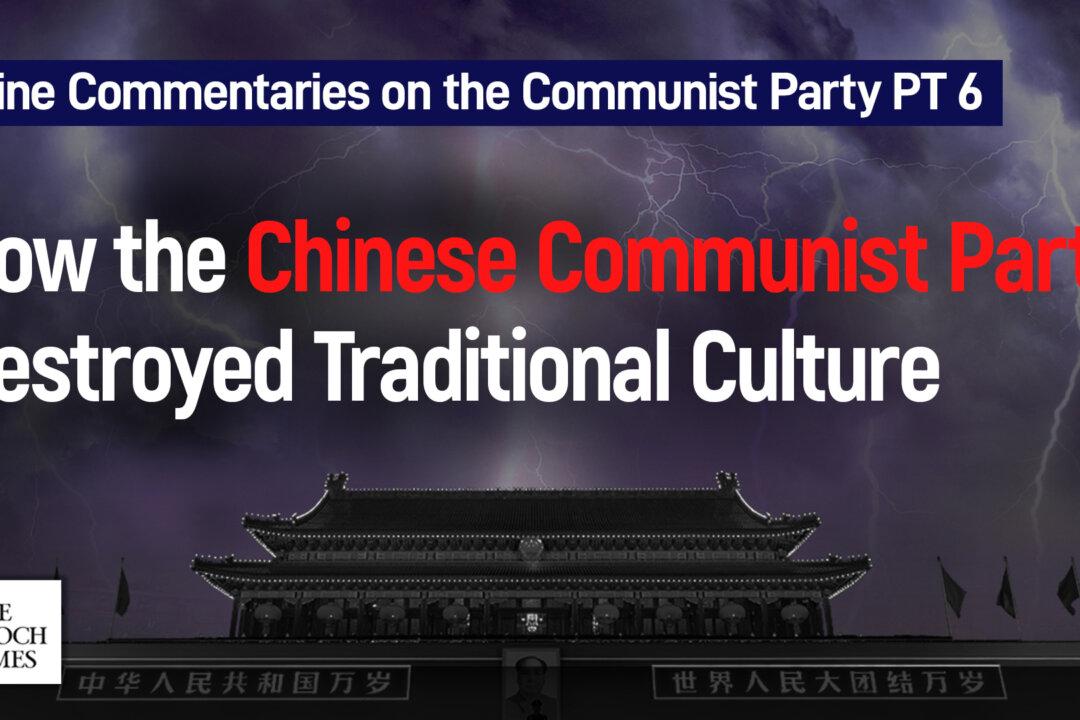The Epoch Times here serializes an adaptation from the Chinese of a new book, How the Specter of Communism Is Ruling Our World, by the editorial team of the Nine Commentaries on the Communist Party.
Table of Contents
- Terrorism and Communist Revolution
- How Communist Regimes Export Terror
- The Communist Origins of Islamic Extremism
a. Sayyid Qutb: The Marx of Islamic Extremism
b. The Leninist Vanguard of Jihad
c. The Communist Core of Islamic Extremism
d. Qutb and the Rise of Terrorism
e. How Communism Has Victimized Ordinary Muslims - The Chinese Communist Party’s Support of Terrorism
a. The CCP’s Support of Yasser Arafat’s Terrorist Activities
b. The CCP’s Ties to Al-Qaeda - The Convergence of Terrorism and the West’s Radical Left
- Ending the Fundamental Cause of Terrorism
***
